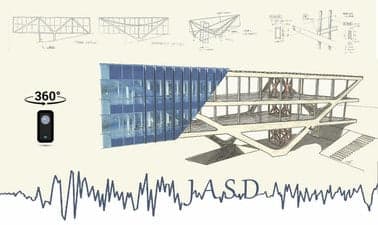EPFLx: Housing and Cities
Explore how housing defines urban identity.

- Certification
- Certificate of completion
- Duration
- 10 weeks
- Price Value
- $ 179
- Difficulty Level
- Intermediate
Explore how housing defines urban identity.


"Housing and Cities" is an innovative architecture course that delves into the fascinating world of European urban housing history. This design-oriented program offers a unique perspective on how ordinary housing types for various social classes have shaped urban identities across time and geographical boundaries. The course provides a comprehensive exploration of housing from both urban and domestic viewpoints, encouraging students to develop an operative understanding of how modern and contemporary architecture has been influenced by and reinterpreted different housing models throughout history.
This intermediate-level course is ideal for architecture students, urban planners, designers, and professionals interested in the intersection of housing and urban development. It's particularly suited for those who want to deepen their understanding of how housing has shaped cities throughout European history and how these lessons can be applied to contemporary design challenges.
Explore more courses to enhance your cloud computing and Kubernetes skills.

In this revised course, fundamental and modern approaches to Japanese structural design will be explained using historical overviews and Tokyo-Tech’s campus buildings as case studies. Learners will be able to interpret and apply seismic design concepts like energy-dissipating braced frames, spine frames, seismic retrofit, seismic isolation and seismic design of spatial structures. Drawing from the instructor’s past 20 years of experience in design, considerations to sustainability, practical complexities and their solutions will be presented using the campus buildings as design examples with immersive 360-degree interactive videos. Learners will also get an insight into the architect-engineer collaboration through interviews with architectural professors.